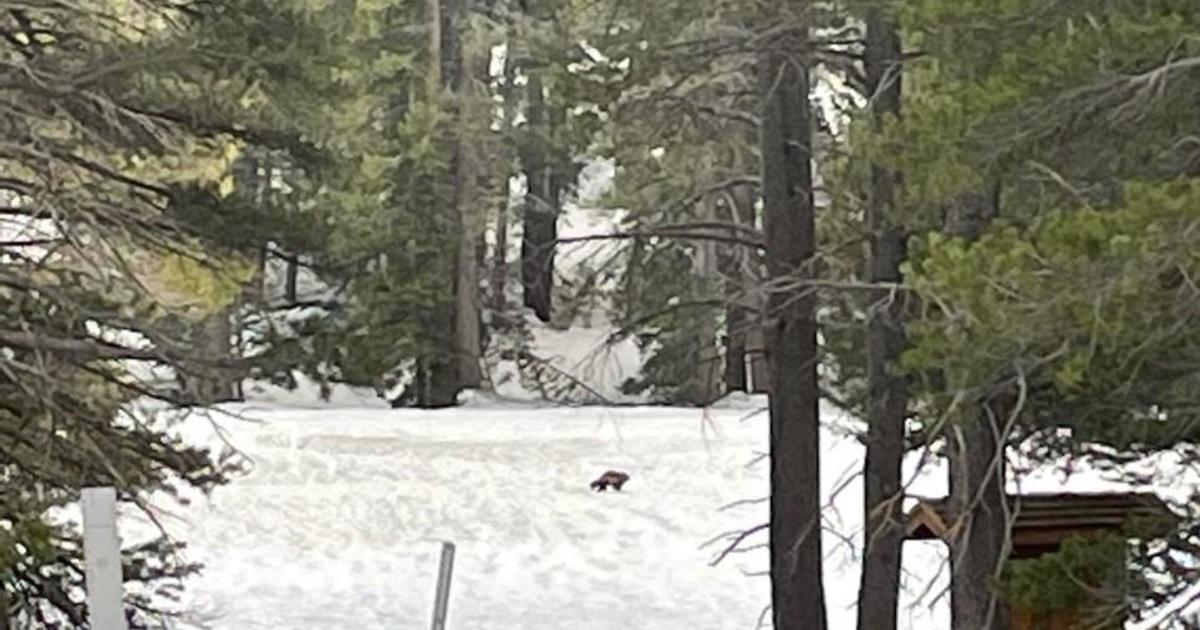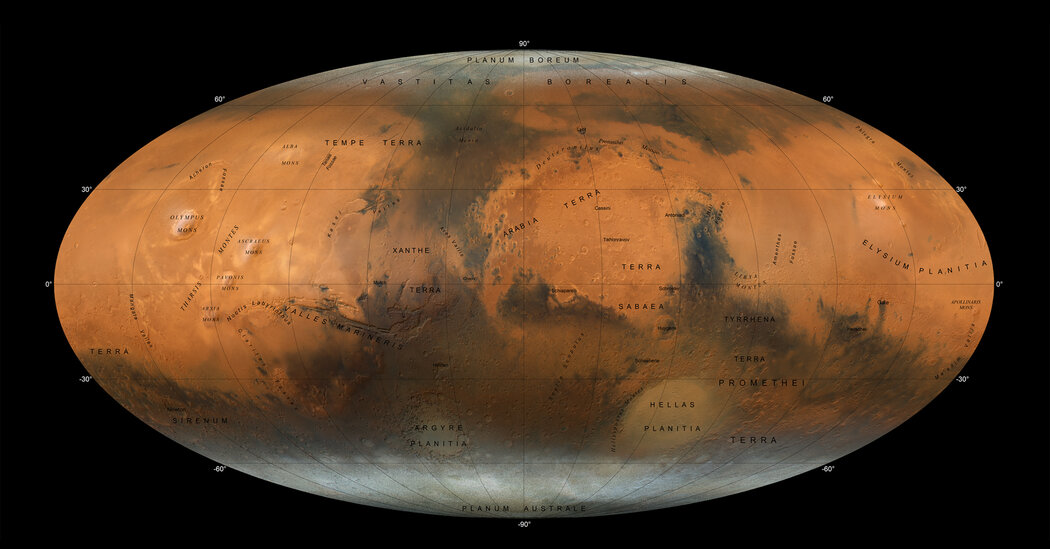Uptick in Red Knots on the N.J. Shore Holds Promise
The number of rufa red knot shore birds migrating via Delaware Bay beaches to Arctic breeding sites this spring rose to the highest level in four years, according to an independent annual survey.
The count, by land and boat, tallied about 22,000 of the robin-sized birds, an encouraging sign for a shorebird that is listed as federally threatened. The survey’s figures were the highest since 2019, and a sharp increase from a record low of 6,880 in 2021, according to Larry Niles, an independent biologist. He has been monitoring the migration of the rufa red knot, an Atlantic coast subspecies, on the Delaware Bay for the last quarter century.
Dr. Niles attributed the healthier number to the relatively warm ocean waters that aided in the spawning of horseshoe crabs, whose eggs are a crucial food source for the birds. A week or two of gorging on the crab eggs each May allows the birds to regain weight after long-distance flights from as far away as Tierra del Fuego, Argentina, and to complete their migration, one of the longest in the avian world.
The density of crab eggs on the beaches bordering New Jersey and Delaware, rose to about 10,000 per square meter during this year’s migration in May, Dr. Niles said, from a recent low of some 5,000.
“What I think is happening is that the birds first found there were no eggs, and stayed away,” he said. “Then they found there were eggs and they came back.”
“I was elated to see 22,000 birds this year,” he said.
But the population of the shorebirds and of the crab eggs both remain well below the historic norms of some 90,000 birds and 50,000 to 100,000 eggs per square meter on the bay beaches during the 1980s and early ’90s. Over-harvesting of horseshoe crabs in the late ’90s and early 2000s led to a crash in the birds’ population, and prompted predictions that the rufa red knot was headed for extinction.
Efforts to protect both species have been complicated by the different estimate arrived at by the U.S. Fish & Wildlife Service, which uses modeling and considers the red knot population to be stable at about 42,000 over the last four years. The Atlantic States Marine Fisheries Commission cited the federal agency’s estimate when it considered permitting the restart of the female crab harvest in the bay after a 10-year ban, but dropped the proposal.
Although Dr. Niles said the agency’s modeling method results in inflated estimates of the shorebirds, the Fish & Wildlife Service disagreed.
“There is no evidence that overall numbers of rufa red knots have declined recently,” the agency said in a commentary published in May that cited a “low but stable” wintering population in Tierra del Fuego. In the fall, the agency expects to issue a new estimate for the number of birds that passed through the Delaware Bay this spring.
The agency’s efforts, along with its state partners in New Jersey and Delaware, involve the use of aerial surveys and on-the-ground observations that feed into a model of the total stopover population.
The two methods of counting diverged sharply in 2021 and 2022. The aerial counts found the two lowest populations on record, but the observation-based model showed little change from earlier years. The agency said it was not yet clear why the counts differed, but added that it was possible that aerial counts were less reliable over time than modeling estimates and that personnel changes might have contributed to the variations.
In April, the agency published a long-term recovery plan for the red knot, describing ways to protect its habitat, ensure it had adequate food supplies and address sea-level rise, which is projected to flood many beaches along the bird’s migration routes.
The recovery plan followed a ruling by a federal judge who banned the harvesting of horseshoe crabs from March 15 to June 15 this year on about 25 islands off South Carolina where an estimated two-thirds of the knots stop off during migration.
The consent order also temporarily prohibits a defendant, Charles River Laboratories International, and two other fishing companies, from taking blood from horseshoe crabs for use by the biomedical industry in testing medical products, including vaccines for toxins. The defendants are also barred from holding horseshoe crabs in ponds before being bled — a process that critics say kills some and weakens others.
During this year’s stopover along the shores of the Delaware Bay, all but about 2,000 of the knots counted by Dr. Niles and his team this year were found on the New Jersey side, reflecting the migration-season closing of the state’s beaches where the birds gather, and the repair of dune breaches to prevent horseshoe crabs from being flushed into coastal marshes during high tides, Dr. Niles said. Harvesting horseshoe crabs in New Jersey waters has been banned since 2008 by a state law, whereas a regulated harvest remains in effect in the other bay states including Delaware.
The much smaller number of knots on the Delaware side this year can be mainly attributed to the continued crab harvest there, said Steve Cottrell, president of Delaware Audubon, a conservation group. Even though the harvest of female crabs in the bay remains officially banned by the Atlantic fisheries commission, Mr. Cottrell said a lack of enforcement for quotas had led to suspicions that female crabs were being illegally harvested along with males.
“Delaware’s continuing bait harvest is taking its toll on the horseshoe crab population that uses the Delaware Bay shore for spawning,” Mr. Cottrell said. “Although there may be higher beach disturbance in Delaware compared to New Jersey, closing beaches in Delaware will change nothing if the beaches remain devoid of horseshoe crab eggs during shorebird migration.”
Tina Berger, a spokeswoman for the commission, said it was up to the states to enforce quotas, and that anyone suspecting a violation should notify state officials.


